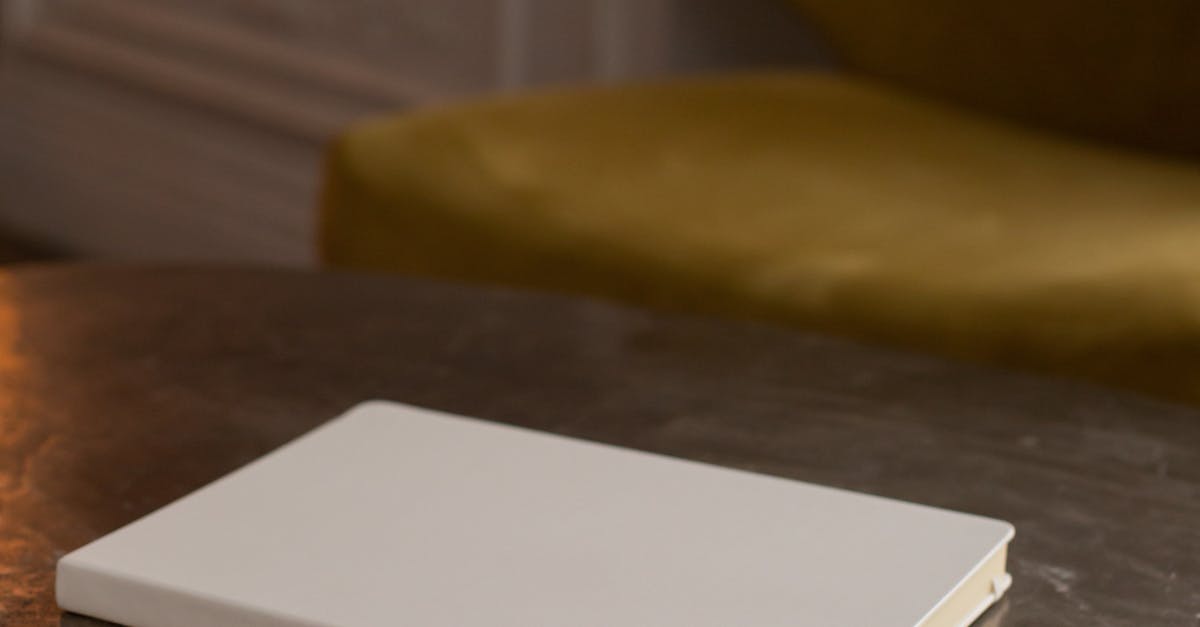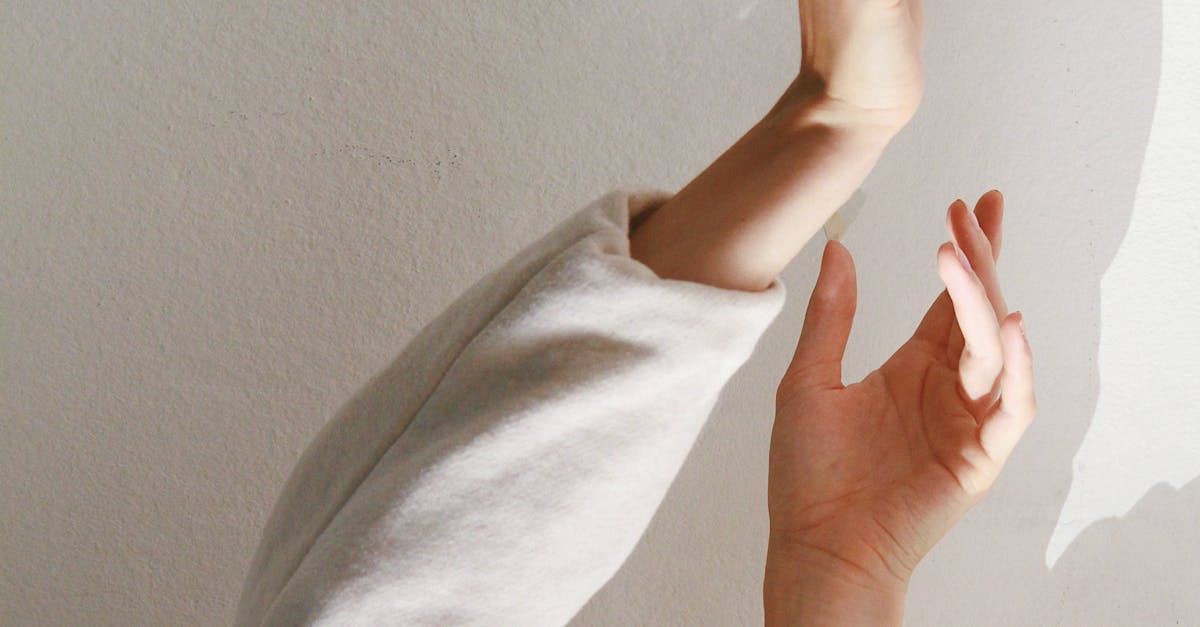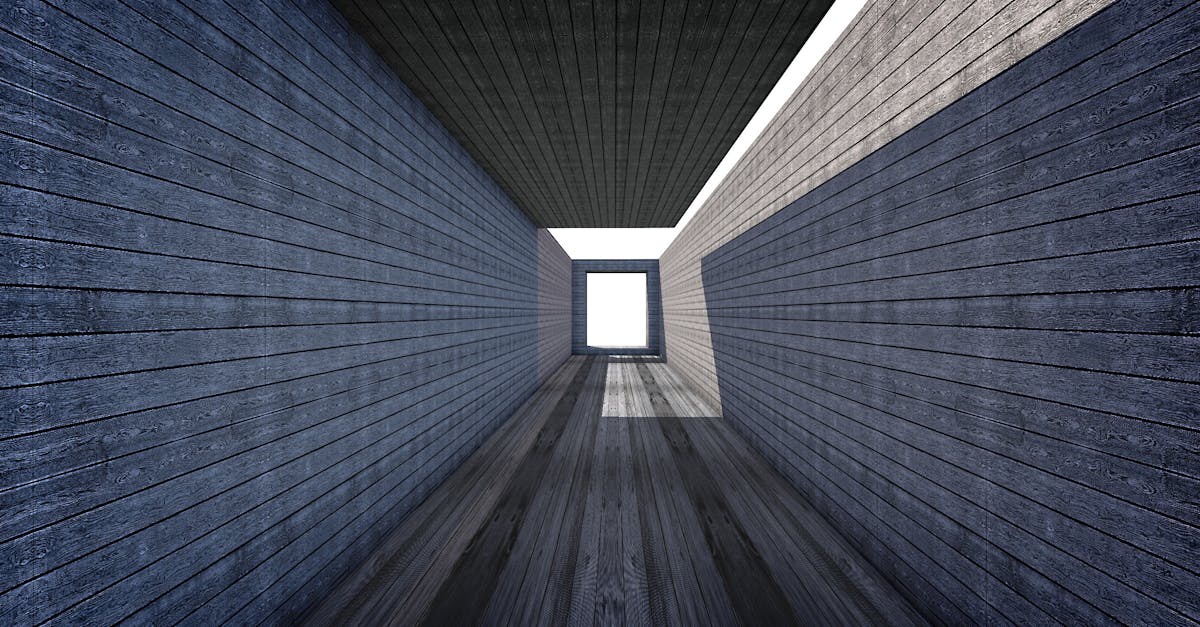
Table Of Contents
Fixing Dents and Dings
Fixing dents and dings on walls is a common task for homeowners looking to refresh their living spaces. Minor imperfections can easily detract from the overall aesthetic of a room, making it essential to address them promptly. Whether the damage is a result of furniture bumps, accidental impacts, or general wear and tear, taking the time to repair these issues can greatly enhance the appearance of your home. Wall Coverings Pickering offers various solutions for fixing dents and dings, providing homeowners with the tools and guidance needed to achieve smooth and flawless walls.
When it comes to addressing minor imperfections on walls, filling them with spackle or wood filler is a popular and effective method. This simple yet crucial step involves applying the filler to the damaged area, smoothing it out, and allowing it to dry thoroughly before sanding it down to create a seamless finish. By carefully following this process, homeowners can efficiently repair dents and dings, ensuring that their walls look pristine and well-maintained. Wall Coverings Pickering recommends using high-quality spackle or wood filler for optimal results, giving your walls a fresh and flawless appearance.
Filling with Spackle or Wood Filler
To address dents and dings on damaged walls, one effective method is to fill them with spackle or wood filler. These products are easy to apply and can seamlessly blend with the surrounding wall surface, providing a smooth finish once painted over. In Wall Coverings Pickering, spackle or wood filler can be found at most hardware stores and come in various sizes to accommodate different repair needs.
When using spackle or wood filler, it is essential to start by cleaning the damaged area and removing any loose debris or paint chips. Apply the filler using a putty knife, spreading it evenly over the dent or ding until it is slightly above the surface of the wall. Once the filler has dried according to the manufacturer's instructions, sand it down gently to create a level surface that can be painted over to match the rest of the wall. Wall Coverings Pickering residents can achieve professional-looking results by following these simple steps for repairing damaged walls.
Addressing Wallpaper Tears
Repairing wallpaper tears can be a straightforward process if approached with the right tools and techniques. Start by gently smoothing out the torn area to ensure it is flat against the wall. Holding the edges of the tear firmly, apply a small amount of wallpaper adhesive underneath the torn edges. Press the edges firmly back into place, making sure to match the pattern accurately for a seamless finish. For larger tears, consider using a wallpaper patch kit from a local store such as Wall Coverings Pickering for a professional-looking result.
After the adhesive has dried completely, use a wallpaper roller to ensure the edges are securely in place. If any excess adhesive seeps out, carefully wipe it away with a damp cloth to prevent it from drying and leaving a visible residue. Once the repair is complete, allow the area to dry thoroughly before applying any additional wallpaper primer or paint. Remember, precise and patient handling is key to achieving a flawless repair job when addressing wallpaper tears.
Repairing with Wallpaper Patch Kits
Repairing wallpaper tears can be a straightforward task with the use of wallpaper patch kits. These kits typically include patches that can be cut to the desired size for covering tears or imperfections in the wallpaper. When using a wallpaper patch kit, it is essential to carefully match the pattern and colour of the existing wallpaper to ensure a seamless repair. In Wall Coverings Richmond Hill, these kits can often be found at local home improvement stores and come with detailed instructions for easy application.
Before applying the patch, ensure that the damaged area is clean and smooth to promote proper adhesion. Gently peel back any loose edges of the tear and apply a small amount of wallpaper adhesive underneath before carefully placing the patch over the damaged area. Use a smoothing tool to eliminate any air bubbles and ensure a flat finish. With a bit of patience and attention to detail, repairing wallpaper tears with patch kits can help restore the overall aesthetics of your walls in Wall Coverings Richmond Hill.
Repairing Plaster Damage
Repairing plaster damage can be a challenging task, but with the right tools and techniques, it can be accomplished effectively. When addressing cracks or holes in plaster walls, it is important to start by removing any loose debris and ensuring that the area is clean and dry. Wall Coverings Ottawa recommends using a setting-type joint compound to fill in the damaged areas, as it provides a strong and durable repair.
For larger areas of missing plaster, it may be necessary to replace the damaged section entirely. This can be done by cutting out the damaged plaster in a square or rectangular shape, ensuring that the edges are clean and straight. Once the area is prepped, apply a bonding agent to help the new plaster adhere properly. Wall Coverings Ottawa suggests using a setting-type plaster to fill in the section, following the package instructions carefully for best results.
Replacing Missing Plaster Sections
When it comes to extensive plaster damage on your walls, sometimes the best solution is to replace the missing sections altogether. This process requires careful attention to detail and skilled craftsmanship to seamlessly integrate the new plaster with the existing wall structure. In Wall Coverings Richmond Hill, professionals are adept at assessing the extent of the damage and recommending the most appropriate course of action for replacing missing plaster sections in a way that restores the integrity and aesthetic appeal of your walls.
Prior to initiating the replacement process, it is crucial to thoroughly clean and prepare the area where the new plaster will be installed. This ensures a smooth and durable finish that will seamlessly blend in with the surrounding walls. By entrusting this task to experts in Wall Coverings Richmond Hill, you can rest assured that the replacement of missing plaster sections will be carried out with precision and care, resulting in a flawless restoration of your wall surfaces.
FAQS
How can I fix dents and dings on my walls?
You can fix dents and dings on your walls by filling them with spackle or wood filler, sanding the area smooth, and then painting over it.
What should I do if there are tears in my wallpaper?
If there are tears in your wallpaper, you can repair them using wallpaper patch kits. These kits are designed to seamlessly blend with your existing wallpaper for a professional finish.
How can I repair plaster damage on my walls?
To repair plaster damage on your walls, you can start by removing any loose plaster, applying a new layer of plaster, and smoothing it out with a trowel. Once it dries, you can sand the area and paint over it to match the rest of the wall.
Can I replace missing sections of plaster on my walls?
Yes, you can replace missing sections of plaster on your walls by carefully removing the damaged area, applying new plaster, and blending it in with the surrounding wall. Make sure to let it dry completely before painting over it.
Is it possible to hide small imperfections on my walls without repainting the entire room?
Yes, you can hide small imperfections on your walls by using touch-up paint that matches the existing wall colour. Simply apply the paint to the damaged area and blend it in with a brush or roller for a quick fix.






